The Colorado River has come to be known as the "American Nile:" lifeblood of the southwest, provider of water for millions, subject of countless books and pictures. But the river is tamed.
It is the world's most regulated waterway, with 25 dams sitting astride its 1,500-mile course. But it still has the power to challenge and inspire humanity; from its tricking headwaters in Colorado's Never Summer Mountains, to its roaring rapids in the Grand Canyon, to its brackish death in a cracked desert delta, miles from the sea.
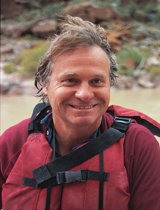 Wade Davis is an Explorer-In-Residence for the National Geographic Society.
Wade Davis is an Explorer-In-Residence for the National Geographic Society.National Geographic Explorer-In-Residence Wade Davis recently rafted the Colorado through its heart - the Grand Canyon - searching for signs of the river's wild spirit.
His book River Notes: A Natural and Human History of the Colorado River tells how the river came to be tamed, mostly for notions of development and progress. He says too much of its water is diverted for cattle and their feed - alfalfa, a notoriously thirsty crop.
But Davis is also optimistic. The resident of Canada is an experienced whitewater rafting guide who frequently runs the untamed, undammed rivers of northern British Columbia. He was worried he'd find the Colorado to be, well, dead. What he discovered was far from it. He says there's still hope for the river. Still a chance at restoration. Maybe even a day when the Colorado River will again reach the sea.
He found the Colorado River to be alive. And he infuses that into his book. When he set out to write it, he says he decided to keep it small, less than 200 pages. Then, it can easily be taken along on a hike; stashed in a jacket pocket or backpack, pulled out and leisurely perused under a tree or overlooking a fine view.
Reporter Mark Duggan talked to Davis about the legacy of the Colorado. And about the river's rhythms and how they make it special among waterways he's visited.
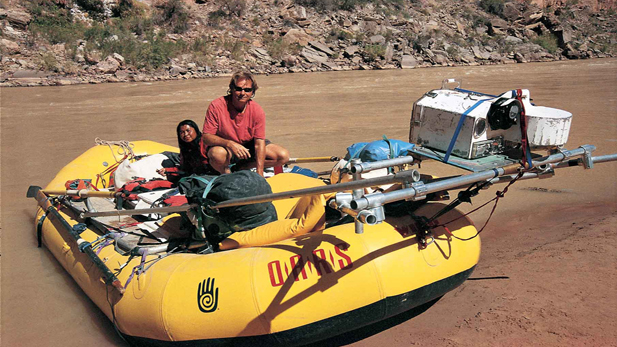 Author Wade Davis on the Colorado River
Author Wade Davis on the Colorado River
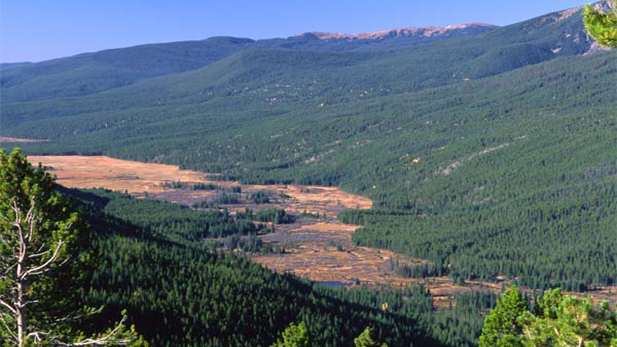 The Colorado River drains 243,000 square miles. It forms as snowmelt in Colorado's Never Summer Mountains and drains into the nearby Kawuneeche Valley, seen in this image.
The Colorado River drains 243,000 square miles. It forms as snowmelt in Colorado's Never Summer Mountains and drains into the nearby Kawuneeche Valley, seen in this image.
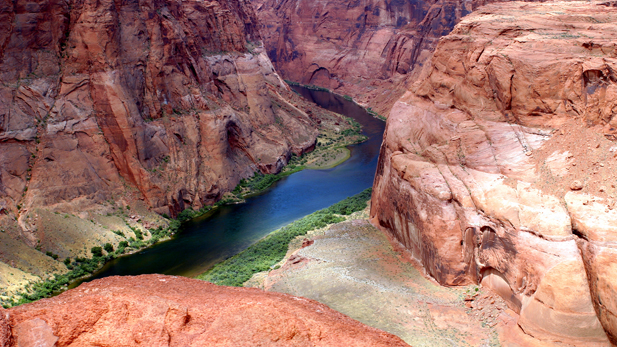 By the time the Colorado River reaches the soft sandstone of southern Utah, it is a large, powerful river, cutting deep gorges into the Colorado Plateau.
By the time the Colorado River reaches the soft sandstone of southern Utah, it is a large, powerful river, cutting deep gorges into the Colorado Plateau.
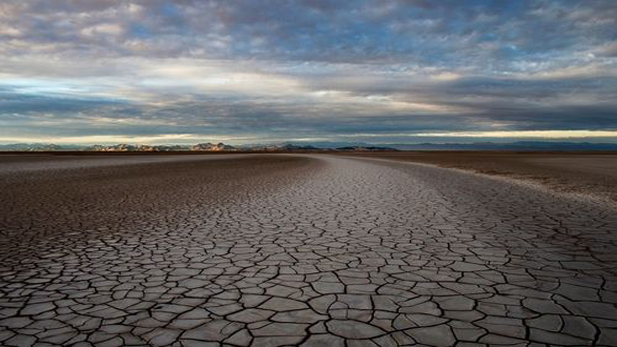 The Colorado River dies a slow death in Mexico. The river's delta, formerly lush, is now the mostly barren desert seen here. The river no longer reaches the Sea of Cortez.
The Colorado River dies a slow death in Mexico. The river's delta, formerly lush, is now the mostly barren desert seen here. The river no longer reaches the Sea of Cortez.

By submitting your comments, you hereby give AZPM the right to post your comments and potentially use them in any other form of media operated by this institution.